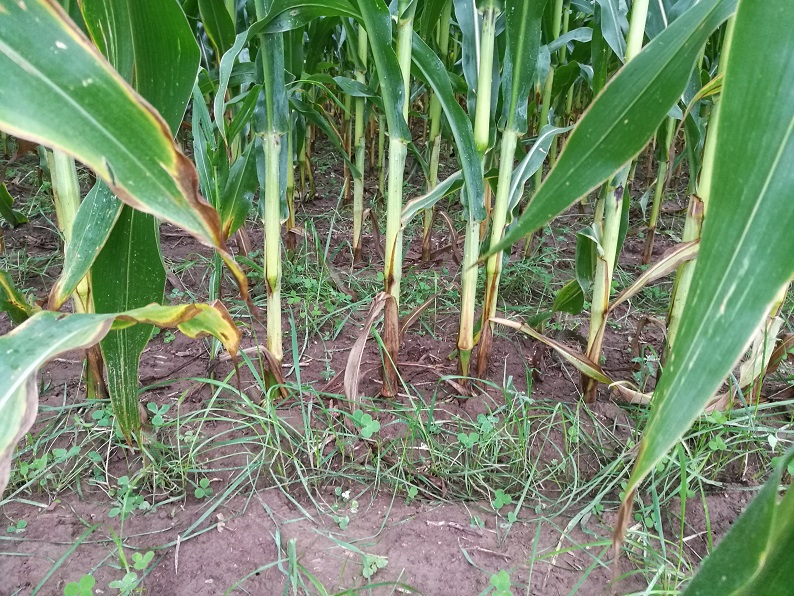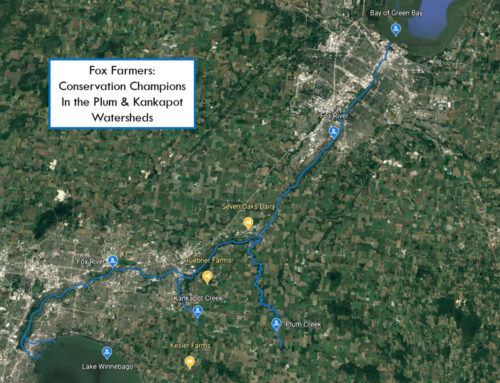On February 21, 2019, Shawano County UW-Extension hosted the 2019 Shawano County Forage Council and Midwest Forage Association Meeting & Educational Program at the Main Event in Cecil, WI.
The event kicked off with a welcome by the host of the event, UW-Extension’s Agricultural Educator for Shawano County, Kimberely Kassube. Quickly following the welcome, we heard updates from the Midwest Forage Assocation (MFA).
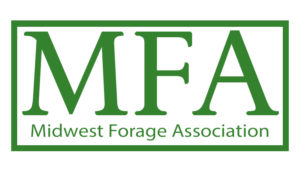 The local council director for the MFA, Chelsea Russell, discussed the research being done on the alfalfa forage system research which was introduced into the farm bill two years ago. Wisconsin and Minnesota have since been the leaders in this research field. They mentioned that there are 17 local forage councils and how important UW-Extension is in assisting these programs in Wisconsin. Also, the Midwest Forage Research Program has given $215, 000 in funds to help assist with projects, and they are always looking for more.
The local council director for the MFA, Chelsea Russell, discussed the research being done on the alfalfa forage system research which was introduced into the farm bill two years ago. Wisconsin and Minnesota have since been the leaders in this research field. They mentioned that there are 17 local forage councils and how important UW-Extension is in assisting these programs in Wisconsin. Also, the Midwest Forage Research Program has given $215, 000 in funds to help assist with projects, and they are always looking for more.
Next, Barry Bubolz, the NRCS Area GLRI Coordinator, gave us an update on the Demonstration Farms in Wisconsin. Much of his talk focused on the eight demo farms in Lower Fox Watershed and the four in Kewaunee and Door Counties. Barry touched on that we need to take a system wide approach to fixing our soil health and water quality problems. We want to have continually living roots 365 days a year to assist with water infiltration as well as hold on to our top soil.
There has been a lot of research on these demonstration farms to monitor edge of field water quality. This data can be used to see how effective the installed management practices are in improving water quality. An interesting fact that we learned was that for every 1% increase in organic matter, the soil can hold up to another inch of water. Barry used a quote that we all took to heart, “We have an infiltration problem, not a run-off problem.” If we improve infiltration with land management practices, we will no longer have a run-off problem.
Barry then moved on to discuss some cover crop specifics. The idea of planting into green can be scary for a lot of farmers. Planting into green means that they are planting their crop into an already growing crop. Barry mentioned that the people that he was worked with who have tried this technique have loved it and have expanded it into their practice. A big take away from the talk was that in the end, you can save money by implementing cover crops. Due to their ability to help water infiltrate, farmers can get out on their field after large precipitation events where they would not be able to otherwise, because of the cover crops.
The next t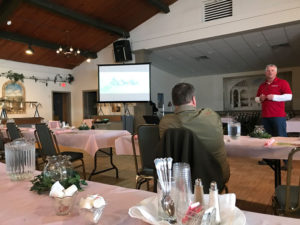 alk was given by Doug Sutter of Vanderloop Equipment about Emerging Technologies in Manure Application. He started his talk with a discussion on the nitrogen to phosphorus ratio and how it has been out of whack due to historic over application of manure. Doug’s big take away was how do we apply similar levels of manure without adding extra phosphorus.
alk was given by Doug Sutter of Vanderloop Equipment about Emerging Technologies in Manure Application. He started his talk with a discussion on the nitrogen to phosphorus ratio and how it has been out of whack due to historic over application of manure. Doug’s big take away was how do we apply similar levels of manure without adding extra phosphorus.
Two of the technologies that Doug discussed were a decanter centrifuge and ultrafiltration. The centrifuge continually spins the manure to separate it into liquid and solid and then each product exits a different side of the centrifuge. Ultrafiltration is able to remove all phosphorus from the manure which allows the farmer to apply as much manure as they need to without increasing the phosphorus content in the soil.
Doug then talked about Vanderloop’s want to bring European technologies to the U.S. while making them affordable for farmers. He discussed using a tram line to apply manure as well as interseeding in season. The idea of interseeding in season is to allow those cover crops to get a slight growth advantage before the corn, or other crop, is harvested. His last suggestion was to use triticale as a cover crop because it can help pull a lot of that excess phosphorus out of the soil and it helps increase organic matter.
Understanding the Silent Threat in Feed – Mold and Mycotoxins was the next talk for the event. Sarah Mills-Lloyd, the DVM Agriculture Agent for UW-Extension Oconto County, discussed the importance of keeping feed free of molds, especially those that can form harmful mycotoxins. If feed gets moldy, it can decrease the energy content of said feed by 5% and it makes it less palatable to the animals. It can be hard to keep this mold out of the feed, though, because mold can grow in temperatures ranging from 50-104°F and a pH range of 4 to 8. 
While molds may be seen as a problem, the mycotoxins that those molds can possess, are the actual concern. These mycotoxins can create a slew of problems like feet issues, mastitis, and poor reductive health. By keeping records, the production of mycotoxins in feed can be avoided.
Kimberly Kassube wrapped up the morning with a talk called “Ruminating on Grass Alfalfa Mixes.” She was the last talk before lunch so talking about food just felt right. Kimberly’s talk focused on introducing grasses into ruminating animals’ diets. The fiber in grass is more digestible and having a grass/alfalfa diet helps give the animal more total fiber.
Adding these grasses into the field can be relatively easy. Farmers can harvest the first cutting of grass right as it begins to seed. They are then able to use the alfalfa harvesting schedule to continue harvesting the grass. Winter hardy grasses are better suited to our climate, for example orchard grass or meadow fescue.
After a delicious lunch, Matt Tranel talked about how global insights on crops can have local impacts. His talk was different than the morning talks but had some interesting takeaways. We learned that soybeans are currently overvalued in the United States and China is the biggest importer of soybeans. Also, the United States exports 32% of the world’s corn but there may be more of a demand in the next four years. China currently has a lot of corn, but it is very low quality due to storage t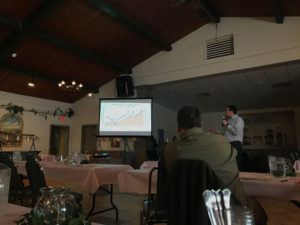 echniques.
echniques.
We also learned that out of the last 28 years, only 8 of the years have not been an above trendline growing year for milk. The more cows on a farm, the lower the price of milk for that farm. The dairy revenue protection concept has been good and bad for famers. The program helps give farmers less of a risk with the ever–changing milk prices but has some drawbacks. The milk prices are based on quarterly averages and comes with a yield adjustment factor. Overall, Matt’s talk was very interesting and gave a different look at how things can, will, and may changes for farmers soon.
The day wrapped up with a quick meeting of the Shawano County Forage Council and a live auction. The live auction was a great cap to a jam-packed day of valuable information.
For more information on the Shawano County Forage Council contact Kimberly Kassube kimberly.kassube@ces.uwex.edu
For more information about Connecting Our Waters contact Emily Henrigillis at emily@fwwa.org or 920.851.6472

